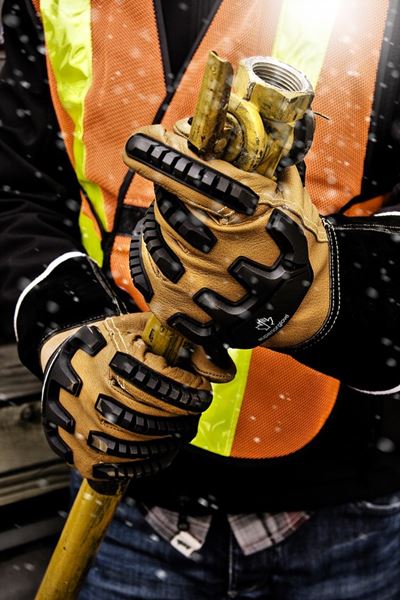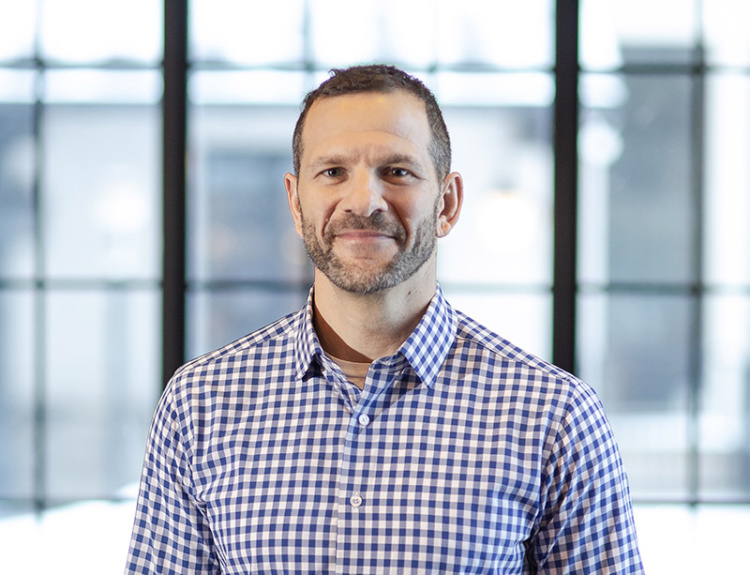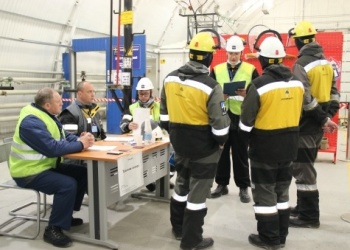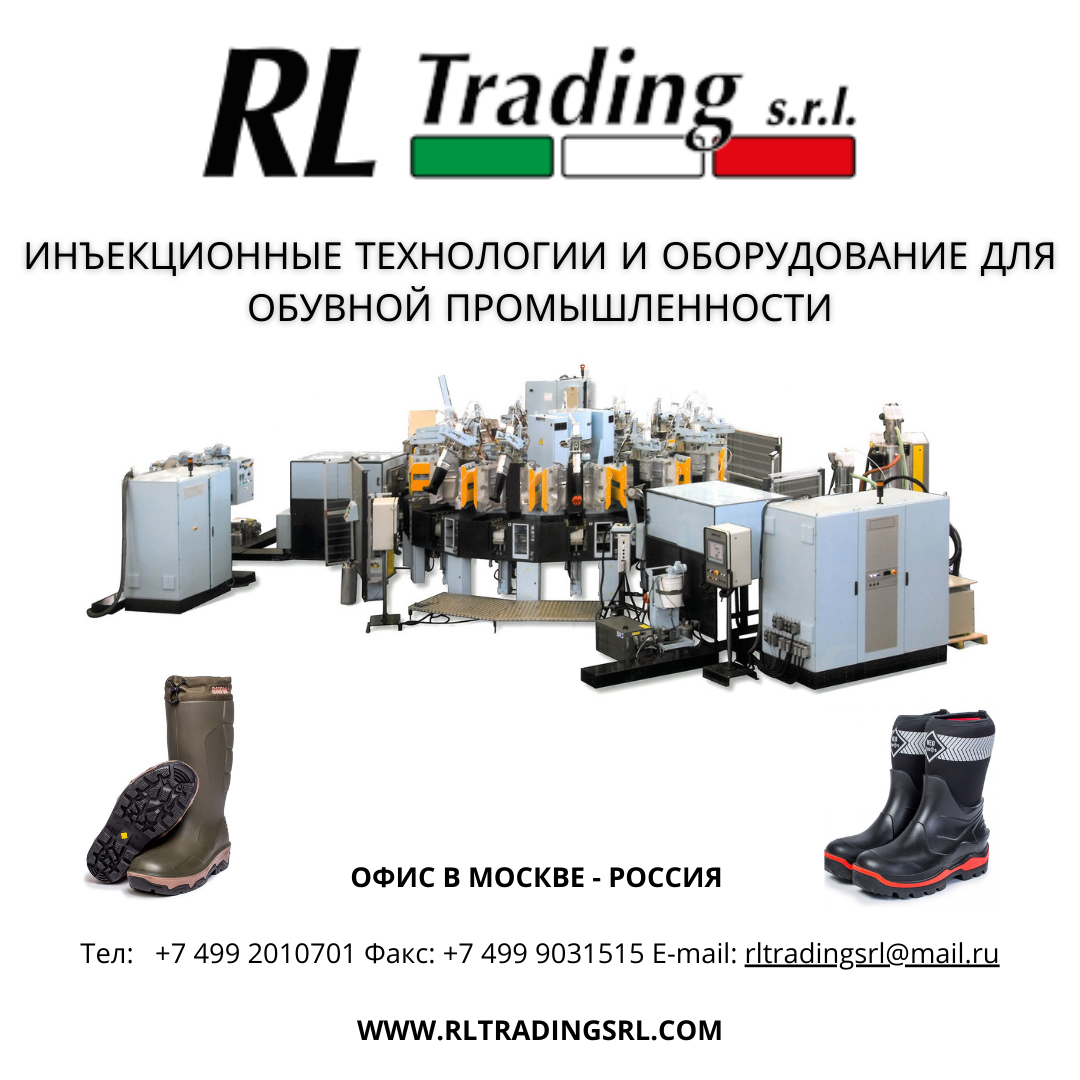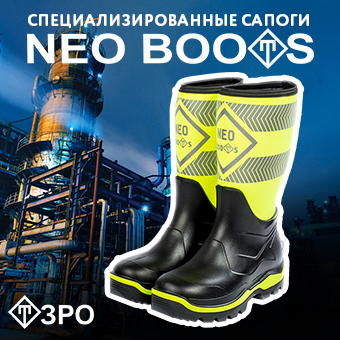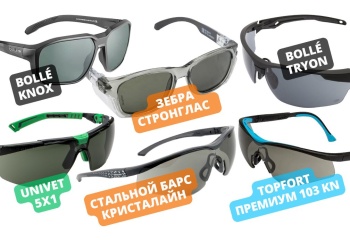1. Mr. Geng! Could you please tell us about yourself and your company?
I am the vice president of Superior Glove. My brother and I run the company. We make specialized work gloves for manufacturing, oil and gas and construction companies.
Superior Glove’s history goes back to 1910, when it was called Acton Glove Company. At the time, the city of Acton had the largest tannery industry in the British Empire. In 1961, my father Frank Geng bought the glove company and renamed it Superior Glove Works. He had a vision to build the kind of hand-protection company that would go on to become the largest in the country. In a time when most manufacturing was being moved overseas, Superior Glove expanded operations into Eastern Canada. Our two plants in Newfoundland produce a whole new generation of string-knit gloves and sleeves and is the site of some of our best innovations. In the process of expansion, Superior’s product range evolved from just five styles in 1961, to over 3,500 today. Today, we export gloves around the world, with North America and Europe being the largest markets.
Our annual turnover is above $ 100MM.
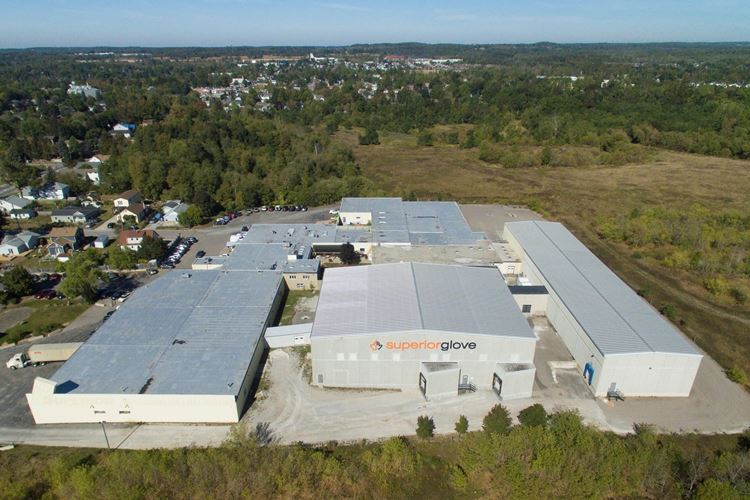
2. Does your company work directly with end-users or through a distribution network?
We sell through a distribution network but a lot of our day to day work is with end users; understanding their requirements, working with them to test which glove is best suited for their needs etc.
3. What well known enterprises use the products of your company?
General Motors, Honda, Toyota, Spacex, Shell, Phillips 66.
4. What is unique about Superior Glove?
We spend a lot of time trying to understand the problems of the end user, so that drives our product development and sales process. Also, my father always preached vertical integration, meaning make as many of our own raw materials as possible. When he started, he was tanning his own leather, allowing him to customize different types of leather for gloves going to different industries. We still do that, making our own yarns, and dipping our gloves in North America. Nobody else is doing that here. Most of our competitors are buying inexpensive gloves from China and adding their logo, not more.
Superior Glove also has the passion for creating unique gloves for specific end-user segments and problems. In this regard, we are different from many gloves companies that massively produce a limited range of gloves and promote it in several market segments at the same time. We approach each segment, and often specific customer needs individually, analyze the hazards and preferences of the end users and then develop a prototype glove that we test in the field first, refine them if necessary, and only then bring them to the market. You can call it the mass customization of protective gloves. Therefore, we have so many styles of gloves, more than 3500.
5. You recently wrote and published the book “Rethinking hand safety: Myths, truths, and proven practices”. For which audience did you write a book? Why was it important for you to write this book?
We wanted to get a better understanding of how to help our customers reduce their hand injuries and not just tell them gloves are the solution to every problem. We figure we were speaking to hundreds of end users anyway on a regular basis, so we were in a unique position to try to find out what the best practices were to reduce hand injuries.
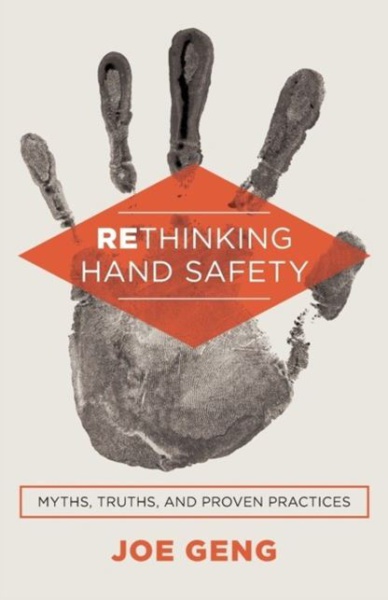
Getsiz Information:
Joe Geng’s book “Rethinking Hand Safety” is available on Amazon.com. In the near future, Getsiz.ru will publish several chapters from the book of Joe Geng.
6. In your opinion, what new technologies dominate the hand protection market now?
In the last few years improvement in blended cut resistance yarns have made gloves more protective but most importantly more comfortable which drives compliance and reduces injuries. More recently testing in back hand impact is driving R&D into gloves that protect against serious impact hazards.
7. What trends do you see on the PPE market in the USA/Canada?
If you can call it a trend (though it’s been in progress for the last 50 years) is a drive to more comfortable products. The best glove is the one a worker will actually wear. I see improved material science helping to make very unique gloves that protect workers from very industry specific hazards. We recently launched a glove that protects workers using nail gun gloves.
The name of this glove style is Shield.
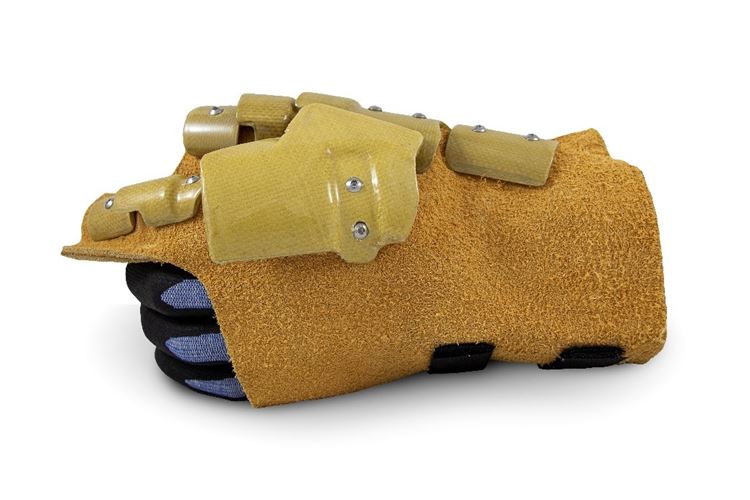
Shield Glove to protect from nail gun.
It has Kevlar plates that deflect a nail gun and prevents very serious injuries, but its a glove that you would only use in that very specific trade.
8. Are there differences in approaches to workers safety in the US compared to other countries?
I can only speak to my limited experience between North America and Europe. In Europe the CE certification is very costly, bureaucratic and time consuming, which hampers experimentation and product development. In the US or Canada, we make a prototype glove, test it in the field, fail several times and make improvements very quickly and at low cost. In Europe that is not really possible because of CE, people are cautious of trying a glove unless it’s been through the rigorous testing process. Thought well intended, I think the European certification process results in less ideal hand protection for workers than the US approach, which is self-certification and almost no government involvement.
In North America there are test standards, but no government body or lab that does the testing. You can test in your own lab, if you like or not at all, if you choose. This leads to some incorrect and biased info, which is the downside of the North American model. End users can choose whatever glove they like and it doesn’t even need to be tested, but if there is an injury the government agency will ask questions, and you need to be able to show you made a reasonable choice. For example, if your handling sharp blades while using cotton gloves and your workers get some serious injuries, that will be an issue, and you’ll likely be fined. Most gloves are tested to the appropriate standards, because customer demand it, rather than the government saying it has to be tested.
The other curious thing I’ve observed (only anecdotally) is Europeans seem more open to trying new safety products. I’ve been to automotive companies, owned by the same parent company) with locations in England and USA. In England they were using the latest, form fitting cut resistant glove and it was working well. In the US, they were using an ill-fitting leather glove. When I told the US company what their sister British plant was using, they said «that will never work here, we’ve been using this glove for 3 generations…» I don’t know where this reluctance to change comes from, but it’s an interesting, cultural difference.
9. Russia is preparing to move from mandatory norms for PPE distribution by occupation to issuing personal protective equipment based on a risk-based approach that has been in place in North America for a long time. In your opinion, what needs to be taken into account or what should PPE manufacturers and SHE managers pay attention to when switching to a risk-based approach?
In the United States and Canada, the employer is responsible for hazards assessment and choosing proper protective gloves. Government agencies such as the Ministry of Labor in Canada or the Occupational Safety and Health Administration (OSHA) in the United States are developing recommendations for risk assessment and selection of PPE, but the final decision about which gloves and vendor to choose is made by the employer. The responsibility of SHE managers includes risk assessment and appropriate PPE selection. While fulfilling these tasks, SHE managers can rely on their knowledge and experience, recommendations of PPE producers and State organizations. If the level of injuries at the enterprise is high, then State organizations (Ministry of Labor, OSHA) may come with inspection and require certain changes to be made in Hand Safety system (for example, they can require employer to provide gloves with a higher level of protection to their employees). Typically, companies are trying to avoid such as scenario and conduct risk assessment and PPE selection proactively. When moving to a risk-based approach, PPE manufacturers need to have a good understanding or which products work well to protect employees in a given industry and be prepared to provide their recommendations to the enterprise. Occupational safety engineers should consider choosing PPE suppliers who understand their production risks and work conditions. We offer our customers as a service the Hand Safety Program – a structured approach for risk assessment and hand injuries reduction.
(For more information on risk assessment, see Chapter 7 of the book “Rethinking Hand Safety,” called “In search of the genuine hazard assessment”)
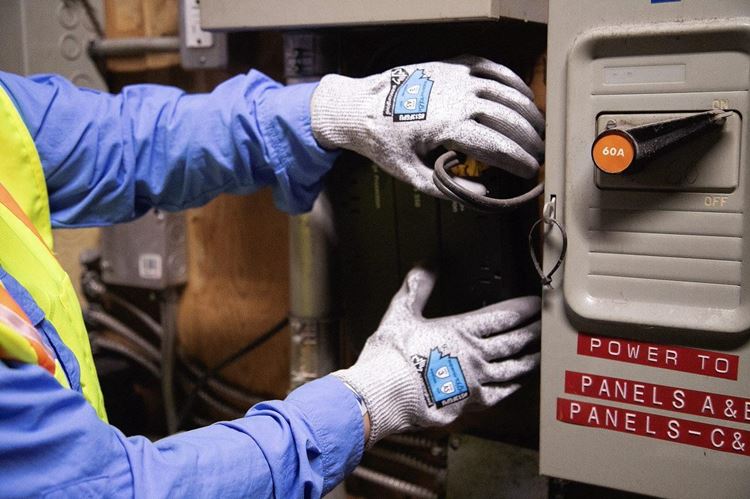
10. Is concealment of injuries by the enterprise possible in North America?
Yes, but this mainly happens at the worker level, rather than companies concealing injuries on a large scale. Sometimes workers will hide injuries because they are afraid of losing their job, but this mainly happens with foreign workers, for example a Latin America born worker, working in the USA. Their culture is different, where they don’t want to complain to their boss. Canadians and Americans generally are quick to bring up injuries, identify hazards and get proper treatment. I’ve never heard of a company not report injuries, I think it would be very hard and the repercussions would be very severe for that company.
(For more information on the impact of corporate culture on labor protection, see Chapter 4 of the book “Rethinking Hand Safety,” entitled “How to Turn around a company culture”)
11. In Russia, it is only planned to introduce minor injuries statistics recording. How are minor injuries recorded in North America? What is considered a minor injury?
Injuries are divided into lost time (meaning time away from work) and not lost time (minor). Also, companies are trying to record “near miss” injuries, where no one was hurt but they could have been. Those statistics are highly predictive of future injuries, if they are recorded accurately.
12. In Russia, insurance payments for injuries are made by the State institution, the Social Insurance Fund. (FSS) and insurance payments are small. Private companies cannot carry out business accident insurance. How is the accident insurance system built in North America? Is there a difference in approaches in the US and Canada? Can you give examples of what payments are due to an employee with a hand injury? What responsibility does the employer bear in the event of an accident?
Canada is closer to the Russian model. Employees are paid from a government insurance fund, which each employer pays into. The higher your accident rate, the higher the premium each company pays, so there is incentive to work more safely. Generally, employees are paid for their time away from work, but also employers are encouraged to get employees back to work on light duty functions, whenever possible. In the US companies can buy private insurance. In both the US and Canada (although more so in the USA) workers can get lawyers involved if they don’t like the settlement or their claim is denied (if for example they can’t prove it happened at work. This sort of employee fraud is not uncommon unfortunately). Claims depend on the severity of the injury and whether or not the person can return to work. Here are some rough guidelines from the National Safety Council in the USA…
- Direct cost of a laceration: $10,000
- Stitches: $2,000 plus indirect
- Butterfly: $300
- Severed Tendon: > $70,000
13. You often personally visit the end users of your products. How have your customers changed over the past 20 years? What is important for them now when choosing PPE for hand safety?
People are increasingly recognizing that spending a bit of money of good quality PPE is a wise financial choice. Well-designed products last longer, reduce injuries and workers appreciate companies that don’t cut corners on safety equipment. 20 years ago, our bestselling glove cost about $1/pairs, very basic. Now, our bestselling glove is about $20/pairs, has a Kevlar liner, impact resistance, etc. The reduction in injuries with the more expensive glove pays itself back 10-fold.
(For more information on choosing the right protective gloves, see Chapter 6 of the book “Rethinking Hand Safety,” called “For want of a (proper) Glove.”)
14. In the Russian PPE market when customer is choosing the safety gloves price plays an important role. How to convince the end user that hand safety protection should be chosen not only on price?
That’s a good one. Sometimes I’m not sure you can. In the book I gave the example of a factory that was making metal shelves. They were using a very cheap leather glove and getting cut injuries every single day. They even had a full-time nurse on staff to stitch their employees. We tried to convince them that spending an extra $5000/ year on cut resistance gloves would eliminate their injuries and they could get rid of the nurse as well (about $50,000/yr cost). In the end we were unable to change their minds, even though it seemed like a clearly logical choice. My only suggestion would be to play to emotion and logic. Generally, people make emotional decision and back them up with logic, not the other way around. If possible, I’d try to play to their sense of responsibility to their workers, etc, or maybe tell a story of another company where the workers hand was saved by a certain glove. I’d also provide as much proof as possible that it makes good financial sense to choose good PPE.
(These and other examples are given in the second chapter of the book “Rethinking Hand Safety,” called the “The Top ten hand safety mistakes”)
15. Is expanding e-commerce channels for PPE a problem or opportunity for Superior Glove? What percentage of PPE sales are now going through online channels (in Superior Glove)? What on-line channels/stores do you successfully work with?
We sell a bit on Amazon but that’s it. Interestingly we’re finding some end users order sample orders (a few pairs of gloves) on Amazon trying them out and then going to a brick and mortar distributor to order it on a regular basis. So far, we’re seeing traditional distributors are surprisingly sticky with their customers. I personally buy a lot online, so I’ve haven’t gotten my head around why the reluctance to change.
16. Is there corruption in the purchase of PPE in the US and Canada?
Not much and much less than 20 or 30 years ago. Occasionally we see a deal we lost, where we knew we had the best price and best product, and then the purchasing manager getting fired 6 months later. Maybe the other vendor paid for a trip or something like that. Larger companies are rotating buyers on a regular basis and for the most part its not a major issue.
17. What role does the State play in worker safety in the USA and Canada?
Mainly they have safety departments that will inspect a workplace occasionally to make sure everything is in order. If a workplace is reporting regular injuries or having some serious injuries, they will be into those factories all the time, and make sure the management has a plan to improve. Those are generally visits you don’t want to receive. Additionally, they can give fines, for really serious cases. It is a good deterrent and help improve worker safety over the last 50 years.
18. Is Superior Glove interested in the Russian PPE market? Are you interested in finding a partner in Russia? What are the requirements of Superior Glove for your partners?
Yes. We would want a partner that focuses on value added, instead of price (our gloves are premium). We would want someone that has direct contact with end users where we can help solve hand injury problems, rather than simply selling to smaller distributors.
19. One of the new trends in hand protection is impact resistant multi-protective gloves. Superior Glove also produces similar gloves. The prices of impact resistant gloves are significantly higher than those of classic protective gloves and it is not always possible to convince the end-users in the economic efficiency of their usage. What do you think about the prospects of impact-resistant gloves in the PPE market?
These are now our bestselling gloves. In construction and most oil and gas applications these should be the standard gloves.
20. What, in your opinion, should be conveyed to the SHE managers to convince them to purchase the impact resistant multi-protective glove?
If they are having any back-hand injuries, which almost all oil and gas and construction companies are, the severity of those injuries will be dramatically reduced with proper back hand impact gloves. Instead of a fracture, with months off work, a bruise is a more likely outcome. Superior Glove takes seriously the development of impact resistant gloves. We take into account the specifics of end-user work tasks and development of new materials. For example, we created an impact resistant glove for low temperatures (–20 ℃ and below). Here we used impact resistant materials that do not lose their properties (e.g. flexibility) at low temperatures.
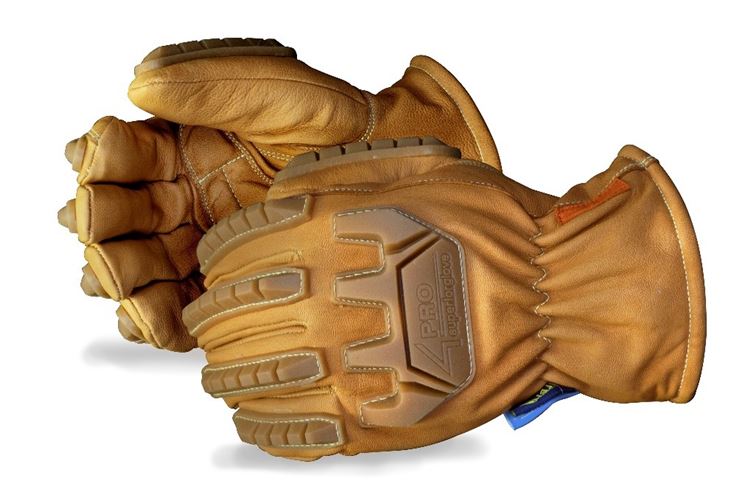
Glove style 4 PRO – multiprotection at low temperature.
21. Your company is family owned. You represent the third generation managing the company. In Russia, business is young and the process of transferring leadership to the second generation of owners has begun. In your opinion, how to involve children in the family business?
We are actually 2nd generation. My father bought the company from another individual. What my father did wrong, in my opinion, was to put a lot of pressure on me to join the business. The more he pushed me the more I resisted and it put a strain on our relationship. I think if it’s going to happen you need to let your children decide and maybe just present opportunities, but leave it as their choice. What my father did right, was once I joined, he gave me some projects, where I had opportunity to experiment and room to fail. A few times he told me » I think you’re making a mistake on that project, but go ahead anyway». He was invariably right but it was very motivating to have autonomy, and I learned some invaluable lessons for those early failures.
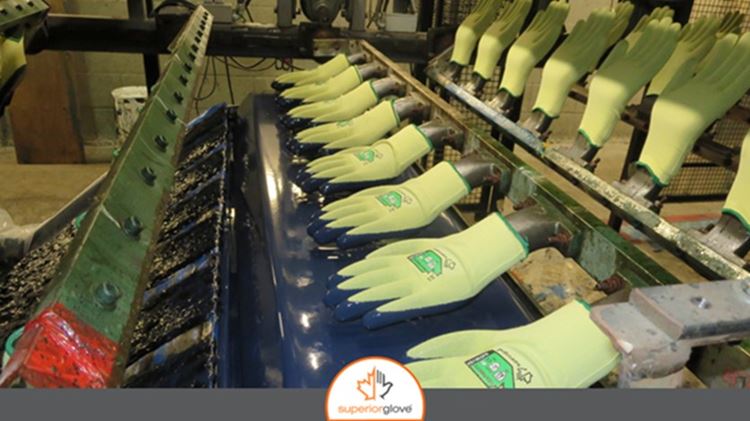
22. Your company has an interesting blog on the web site and you are active on social networks. How do you think customers need to be attracted through social networks? Do you think that the time for thick paper catalogs has already passed in North America or not yet?
I’m not sure how things are in Russia, so I can’t speak to that. In North America I think the best approach is two pronged, using digital marketing and “thick paper catalogs” and traditional sales methods. Thick paper catalogs can be enhanced by digital marketing because you better identify which customers to target. Combining both approaches is best in my opinion.
23. Joe! You live in Canada, work in Canada and the USA. Now the relationship between Russia and North America is far from ideal. What do you think of Russia? What is the attitude of ordinary people, not politicians, towards Russia? What would you like to say to our readers?
My view is likely not a good indicator of the average Canadian as my parents were both born in Hungary. My mother escaped Hungary to avoid Russian rule and my father’s brother (my Uncle) spent time in prison Siberia after World War 2. It always surprised me that my parents, though they hated the USSR, they were always fond of the Russian people themselves. In general, we think of Russians as tough people that have made tremendous sacrifices over the years. I think of Russians in general as very intelligent and analytical. In contrast to Canadian, who are known for extreme friendliness, I think of Russians as having a stern exterior but warm, loyal and genuine once you get to know them.
